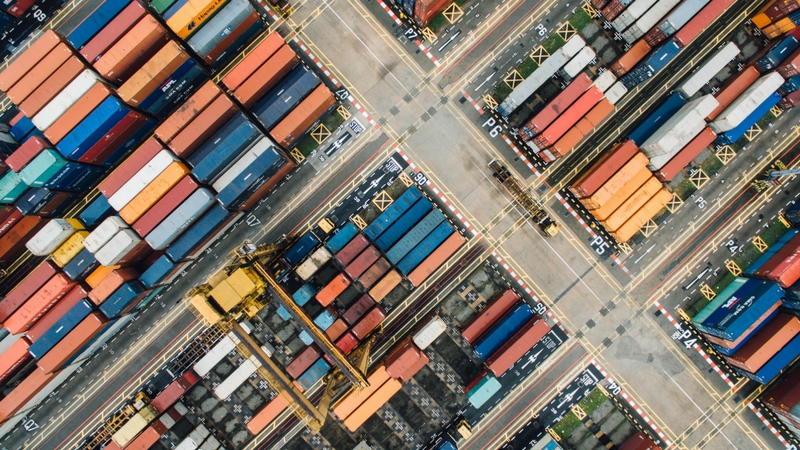International Trade
Episode #9 of the course Introduction to macroeconomics by Doha Soliman, CFA
Good morning and welcome to Lesson 9.
Today, you’ll learn about different approaches to world trade, and I’ll try to explain barriers to trade, as well as trade agreements. Let’s dive in!
International trade refers to countries importing and exporting from each other. There are many rules and international laws set forth to regulate the terms of international trade. Most countries are members of the World Trade Organization, which operates as the governing body for trade globally. Countries can also establish their own rules among each other and create free trade agreements. But before we explain the premise behind such agreements, let’s take a look at the two main views on global trade.
Protectionism
This refers to economic policy that imposes barriers on trade between nations. Countries who practice protectionism generally impose high tariffs (taxes on imported goods) and strict quotas (limit on number of imports allowed into a country) in order to maintain lower trade. Protectionist governments adopt such policies to protect their local producers from competition from other nations, which may have a lower cost good. However, protectionism also hurts the exporters within a country, since it limits their market share, and consumers, since it minimizes the options of goods and services.
Free Trade
This economic policy is one in which a country does all it can to promote trade with other countries. It imposes no barriers to trade and develops agreements with other countries to facilitate trade, as well as economic policies that enable trading among nations. This trading can apply to goods, services, and labor.
Countries generally take a stand on which economic policy they want to implement. Most economies adopt free trade ideologies with protectionist regulation.
Free Trade Agreements
You may be already familiar with trade agreements and economic blocs. An example of free trade agreements is the North American Free Trade Agreement (NAFTA). This is an agreement between Canada, the US, and Mexico, in which trade is more free flowing and barriers are diminished. An example of economic bloc may be the European Union, a formed entity in which several countries have agreed to implement free trade with each other and even a shared currency: the Euro.
Matters of international trade can cause a high level of disagreement between different parties within a nation. Consumers are generally in favor of free trade, since they pay lower tariffs, have a higher market to purchase from, and benefit from the competition among producers. Businesses may be torn on which side they stand on. On the one hand, businesses who produce goods may wish to export to international markets but do not want to face competition at home with their consumers. On the other hand, businesses may need to import intermediary goods or labor for the production of their goods and may favor free trade. Looking back at our GDP formula, governments need to balance the exports and imports of a nation to grow the GDP while protecting the rights of their consumers and businesses.
Tomorrow, we’ll finish off our course by discussing game theory. While this is an economic topic, it can be applied to many aspects of life. Stay tuned!
Recommended book
Share with friends

